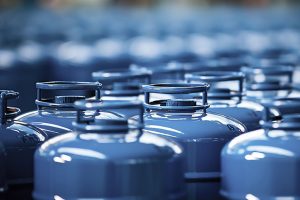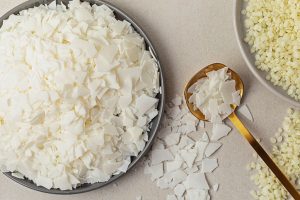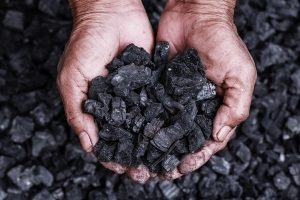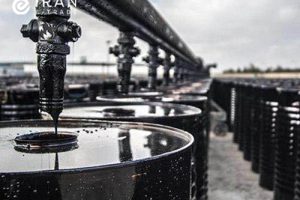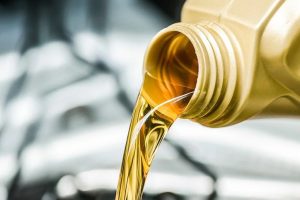17 Difference Between Bitumen Emulsion and MC Bitumen
The difference between bitumen emulsion and MC bitumen stems from several aspects, including the type of solvent, drying speed, safety, and environmental impact. Additionally, understanding the differences in flammability, preheating requirements, and application methods plays a key role in selecting the appropriate type of bitumen for various projects. Therefore, in the following article from Iran ETrade Blog, the specialised reference for bitumen pricing, we examine and compare these differences.
What is bitumen emulsion?
The most notable difference between MC bitumen and bitumen emulsion is that bitumen emulsion has a water base, while MC bitumen has a petroleum base and requires volatile solvents.
In this text, you will read about the differences between bitumen emulsion and MC bitumen, but first, we will provide a brief definition of the two products:
Bitumen emulsion is a type of bitumen that producers suspend in water using emulsifying agents (surfactants). In this process, they disperse hot bitumen into cold water so that the fine bitumen particles remain stable within the aqueous phase.
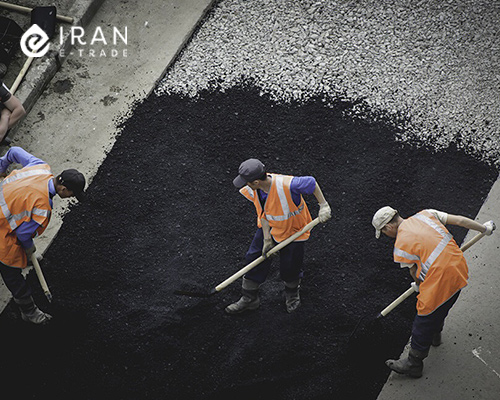
What is MC bitumen?
MC bitumen is a type of bitumen solution that producers make by combining petroleum bitumen with volatile solvents such as kerosene.
We continue the discussion on the differences between bitumen emulsion and MC bitumen by defining MC bitumen:
MC (Medium Curing) bitumen is a type of bitumen solution that producers make by combining petroleum bitumen with petroleum solvents such as kerosene or heavy gasoline.
The difference between bitumen emulsion and medium-curing bitumen is in their solvents: MC bitumen uses petroleum-based solvents, while bitumen emulsion uses water as the carrier phase.
Difference Between Bitumen Emulsion and MC Bitumen
The difference between bitumen emulsion and MC bitumen is in the type of solvent, safety, drying speed, environmental compatibility, heating requirements, and application method, each of which directly affects their final use in road construction projects.
To better understand the difference between bitumen emulsion and medium-curing bitumen, you need to consider several factors discussed below. These differences influence the choice of bitumen type for various road construction and paving projects.
1. Composition and Ingredients
Bitumen emulsion consists of two main phases: fine bitumen particles (about 50 to 70 percent) dispersed in water, and emulsifying agents that prevent the separation of bitumen and water.
In contrast, MC bitumen is a combination of bitumen and volatile petroleum solvents, which make the bitumen flowable at normal temperatures.
2. Applications and Suitability
The difference between bitumen emulsion and medium-curing bitumen is very important for their use in different projects. Bitumen emulsion, because it does not require heating, is used in asphalt maintenance and fog sealing projects.
On the other hand, MC bitumen, with its higher penetration ability, has uses in penetration applications.
3. Safety and Environmental Impact
From an environmental perspective, the difference between a cutback bitumen solution and an emulsion is significant. Bitumen emulsion, being water-based, does not contain flammable or toxic solvents.
In contrast, MC bitumen uses volatile petroleum solvents, making it flammable and, in case of spillage or evaporation, a potential source of air and soil pollution.
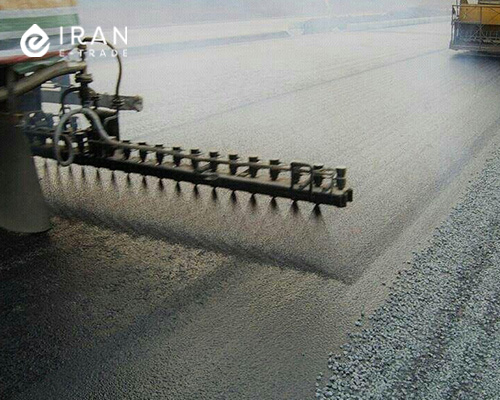
4. Performance and Durability
To further examine the difference between bitumen emulsion and MC bitumen in terms of performance and durability, we need to consider their application conditions and the final outcome.
MC bitumen performs well in projects such as tack coats or cold asphalt due to its better penetration. However, bitumen emulsion, with its suitable adhesion, provides better durability in surface treatments and road maintenance operations.
5. Costs
Another important aspect in comparing bitumen emulsion and MC bitumen relates to costs. Because bitumen emulsion eliminates the need for heating and offers higher safety, it involves lower transportation, storage, and application costs.
On the other hand, MC bitumen, due to its use of petroleum solvents and the need to follow safety protocols, can be more expensive.
6. Processes and Industrial Use
Bitumen emulsion, with its more modern and environmentally friendly technology, is used more frequently in new road construction projects, urban street renovation, and in countries with strict environmental regulations.
In contrast, MC bitumen has constant use in traditional projects, especially in areas where advanced equipment is not available.
7. Physical State and Preheating Requirements
In comparing MC bitumen and bitumen emulsion, physical state and preheating requirements are also significant. Bitumen emulsion is supplied as a cold liquid and does not require heating before use.
However, although MC bitumen flows at ambient temperatures, it sometimes requires partial preheating to improve its performance.
8. Susceptibility to Repeated Heating
The difference between bitumen emulsion and MC bitumen in terms of heat vulnerability comes from their chemical structure. Since bitumen emulsion is essentially used cold, it does not undergo repeated heating, and its properties remain stable.
In contrast, MC bitumen, due to the presence of petroleum solvents, experiences early solvent evaporation, performance loss, and even degradation of the base bitumen when subjected to repeated heating.
9. Transport Safety
Bitumen emulsion is non-flammable; therefore, it offers high transport safety. In contrast, transporting MC bitumen, which contains volatile and flammable solvents, requires specific safety standards. Experts consider this aspect one of the key differences between bitumen emulsion and MC bitumen.
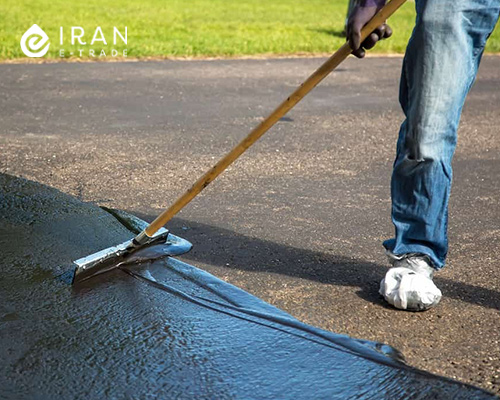
10. Surface Cleaning Requirements
When cleaning the surface, you should pay special attention to the difference between bitumen emulsion and medium-curing bitumen.
Emulsions, due to their water-based nature, are more sensitive to surface contaminants such as dust, oil, and moisture.
But MC bitumen, with its high penetration and fluidity, can partly bypass surface contaminants and, in some cases, be applied on semi-clean surfaces.
11. Drying Speed
MC bitumen dries faster because its volatile solvents evaporate, especially in hot and dry weather, allowing it to quickly reach the tacky and hardened stage.
In contrast, bitumen emulsion requires the water to evaporate first, then the bitumen particles bond together (the emulsion breaking process), which may take a little longer.
12. Final Adhesion
Highway engineers always examine the difference between bitumen emulsion and MC bitumen in terms of final adhesion.
MC bitumen, due to its deeper penetration into the surface and cohesion after solvent evaporation, usually provides stronger initial and final adhesion and performs better in certain applications.
But bitumen emulsion—especially when properly selected and applied (for example, using a slow-curing type on porous surfaces)—can provide excellent adhesion without relying on heat or solvents.
13. Explosion and Fire Hazard
The difference between bitumen emulsion and medium-curing bitumen in terms of explosion and fire hazard is critical. Bitumen emulsion, because of its water base, remains non-flammable even in the case of leakage or heating.
In contrast, MC bitumen contains highly volatile petroleum solvents that can ignite easily, and exposure to sparks, heat, or open flames significantly increases the risk of fire and explosion.
14. Storage Duration
One key aspect in the difference between bitumen emulsion and medium-curing bitumen is storage duration. MC bitumen can remain stable for months if stored in sealed containers away from heat, but gradual solvent evaporation reduces its quality over time.
Bitumen emulsion also requires specific storage conditions, such as a suitable temperature (neither too cold nor too hot) and protection from freezing, to maintain its quality and performance.
15. Frost Resistance
Understanding the difference between bitumen emulsion and MC bitumen in terms of frost resistance is very useful for various projects. Bitumen emulsion, due to its water content, is prone to freezing at sub-zero temperatures.
Freezing damages the emulsion structure and reduces its performance. However, MC bitumen contains no water and, despite its petroleum solvents, has a low freezing point.
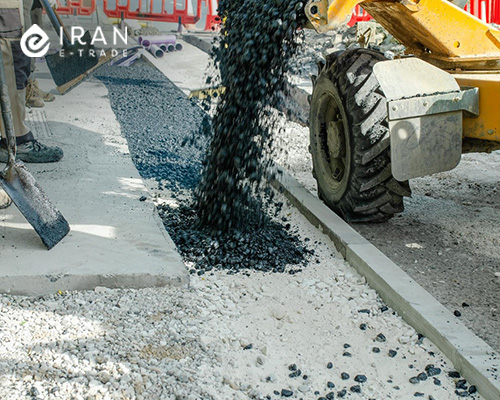
16. Color and Appearance
Careful analysis of the differences between bitumen emulsion and MC bitumen in terms of color and appearance helps reduce errors in construction projects.
Bitumen emulsion usually has a dark brown or chocolate color, and because it contains water, it has a milky or emulsion-like consistency that turns black after drying. In contrast, MC bitumen has a uniform, glossy black color and appears much more fluid.
17. Solvent Type
Interestingly, many construction issues arise from a lack of awareness about the difference between bitumen emulsion and medium-curing bitumen.
In bitumen emulsion, water acts as the carrier phase and solvent, keeping the bitumen particles suspended with the help of emulsifying agents. In MC bitumen, volatile petroleum solvents such as kerosene or heavy gasoline are used, which evaporate after application, leaving the bitumen behind.
Comparison Table of Bitumen Emulsion and MC Bitumen
To clarify the difference between bitumen emulsion and MC bitumen, you can examine this table:
| The main feature | Bitumen emulsion | MC bitumen |
| Type of solvent | Water | Petroleum solvents |
| Safety and flammability | Safe, non-flammable | Flammable and explosive |
| Drying speed | Slower (depending on conditions) | Faster due to solvent evaporation |
| Environmentally friendly | Yes | No |
| Needs heating | No heating required | Sometimes requires heating |
| Initial adhesion | Suitable for proper application | High and fast |
Differences Between MC Bitumen and Bitumen Emulsion: Which One Is More Suitable for You?
By properly understanding the differences between bitumen emulsion and MC bitumen, you can choose the best type of bitumen for your project. Generally, if you are looking for a safe, low-cost method that does not require heating, bitumen emulsion is the better choice.
However, if your project takes place in dry areas and requires quick adhesion, MC bitumen can provide better performance.
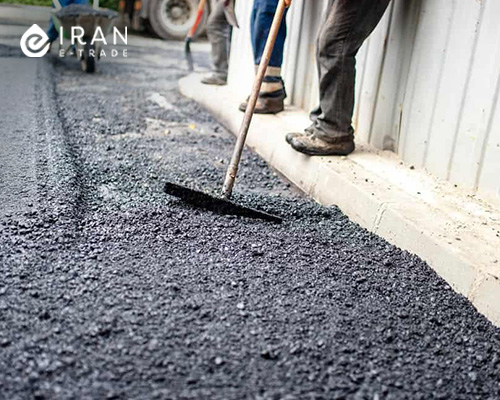
Frequently Asked Questions About the Difference Between Bitumen Emulsion and MC Bitumen
In this section, we address the most common questions regarding the differences between bitumen emulsion and MC bitumen:
Can Bitumen Emulsion Replace MC Bitumen?
Yes. Considering the difference between bitumen emulsion and MC bitumen, in many road construction projects—especially in urban or humid areas—bitumen emulsion can serve as a suitable replacement for MC bitumen.
What Is the Difference in Production Costs Between MC Bitumen and Bitumen Emulsion?
Producing bitumen emulsion usually costs less because it uses water instead of petroleum solvents.
Which Type of Bitumen Dries Faster: Emulsion or MC?
Considering the difference between bitumen emulsion and MC bitumen, MC bitumen generally dries faster because its petroleum solvents evaporate quickly.
What Is the Main Advantage of Bitumen Emulsion Over MC Bitumen?
The main advantage of bitumen emulsion is its high safety and greater environmental compatibility due to the absence of volatile petroleum compounds.
Can Bitumen Emulsion and MC Bitumen Be Used Simultaneously in a Project?
In some projects, depending on the type of layering and application, it is possible to use both types of bitumen, provided that proper technical care and timing are observed.
What Is the Most Important Difference Between MC Bitumen and Bitumen Emulsion?
The type of solvent: MC bitumen contains petroleum solvents, while bitumen emulsion uses water as the carrier.
Which Is Safer: MC Bitumen or Bitumen Emulsion?
Regarding safety, bitumen emulsion is much safer because it is non-flammable and poses no explosion risk, unlike MC bitumen, which contains flammable compounds.
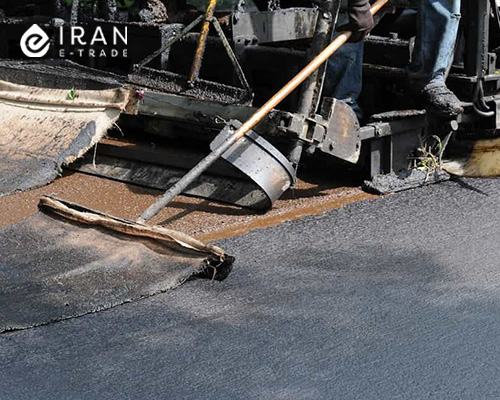
reference: petronaftco
Bitumen Price
- What Is LPG: Properties + Uses Liquefied Petroleum Gas
- What Is Petroleum Paraffin: Types + Properties And Applications
- What is Petroleum Coke: Types + Applications
- What Is Mazut: Advantages, Applications + Hazards
- What Is Diesel fuel: Types Gas oil + Applications
- What is gasoline? Types + Uses and Production Process



